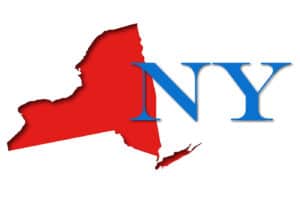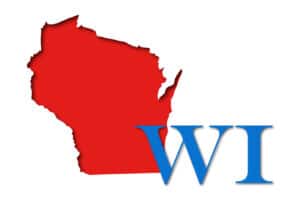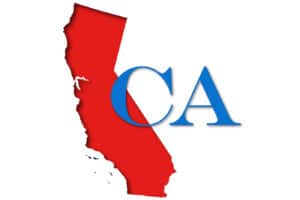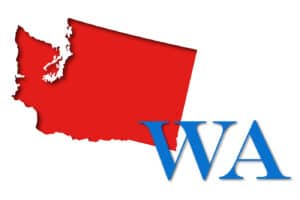General News

Workers Must Earn $19.56 to Afford Rent for a One-Bedroom; $23.96 for a Two-Bedroom
The National Low Income Housing Coalition released its annual Out of Reach report, which shows that even before the onset of the COVID-19 public health and economic crisis, millions of workers were struggling to afford their homes.

DC Council Votes to Extend Rent Control, Increases Affordable Housing Funds
The DC Council voted to approve the fiscal year 2021 budget, which includes a ten-year extension of DC’s rent control program and $9 million in additional funding for the Housing Production Trust Fund.

Connecticut Extends COVID-19 Financial Relief Available for Multifamily Borrowers through End of Year
The Connecticut Housing Finance Agency (CHFA) extended the COVID-19 multifamily financial relief period through December 31, 2020. Any mortgagor of a multifamily rental housing development in CHFA’s portfolio experiencing financial distress due to COVID-19, beyond the financial ability of the mortgagor to correct or mitigate, may contact CHFA to request its assistance. For more information, […]

New York Legislature Enacts New Eviction Moratorium
On June 30, 2020 Governor Andrew Cuomo signed into law S. 8192B, which prohibits evicting tenants for unpaid rent accrued between March 7 and the compete reopening of their area, so long as a tenant can prove in court that they experience financial hardship during that period. A judge can still issue a money judgement against the tenant.

New Markets Tax Credit Coalition Publishes Progress Report
The New Markets Tax Credit (NMTC) Coalition has published its latest annual progress report for the NMTC Program. The 2019 survey findings show that program participants – from investors to community development organizations to the CDFI Fund – continue to improve and refine the program’s efficiency and impact in low-income communities.

Bipartisan Policy Center Publishes Brief on Housing Assistance as a COVID-19 Priority
On June 12 the Bipartsan Policy Center published a new brief entitled “Housing Assistance is a COVID-19 Response and Racial Justice Priority.” The brief finds that the public health and economic crisis that COVID-19 triggered has put millions of low-income households at risk of eviction and homelessness and has widened racial disparities in housing and health outcomes.

WHEDA Schedules July 13 Webinar On New Rural Affordable Workforce Housing Initiative
Rural community leaders, employers, affordable housing providers, developers, lenders, planners, policy makers and residents are invited to learn more and provide final input prior to the launch of the competitive application process for the Wisconsin Housing and Economic Development Authority’s rural affordable workforce housing pilot.

California Housing Partnership To Host Demo of Housing Needs Dashboard on July 9
The California Housing Partnership recently launched its Housing Needs Dashboard, a new online data tool to discover and compare housing data for every California county and the state overall

In the News: Developers Converting Dying Malls to Apartments
On June 30, City Lab published an article on how developer Avalon Bay is converting a portion of the 41-year-old Alderwood Mall outside of Seattle into housing.

GAO Report: “As More Households Rent, the Poorest Face Affordability and Housing Quality Challenges”
A new report from the Government Accountability Office (GAO) focuses on rental housing from 2001 through 2017 and analyzes the share of households that rent, the affordability of rental housing and rental housing conditions. In 2017, almost 7 million more households rented their homes than in 2001, which brought the share of households that rent from an estimated 34 percent to 36 percent.

Family Renter Housing: A Response to the Changing Growth Dynamics of the Next Decade
The ULI Terwilliger Center for Housing, in collaboration with RCLCO Real Estate Advisors, released a report looking at the changing demand dynamics for family rental housing, development typologies that are responding to this demand and barriers to family rental housing development. The report points out that renter families tend to have as many children as homeowners. And while renter families tend to require just as much space as families who own their homes, most new rental housing units are much smaller than similarly aged for-sale housing units

California 2020 County Housing Need Reports
The California Housing Partnership published the 2020 Housing Need Reports for all of California’s 58 counties. The reports document the gap in affordable homes versus need and looks at costs that the lowest income renters face statewide and at the county-level. The reports make several statewide policy recommendations, including making permanent the $500 million annual […]